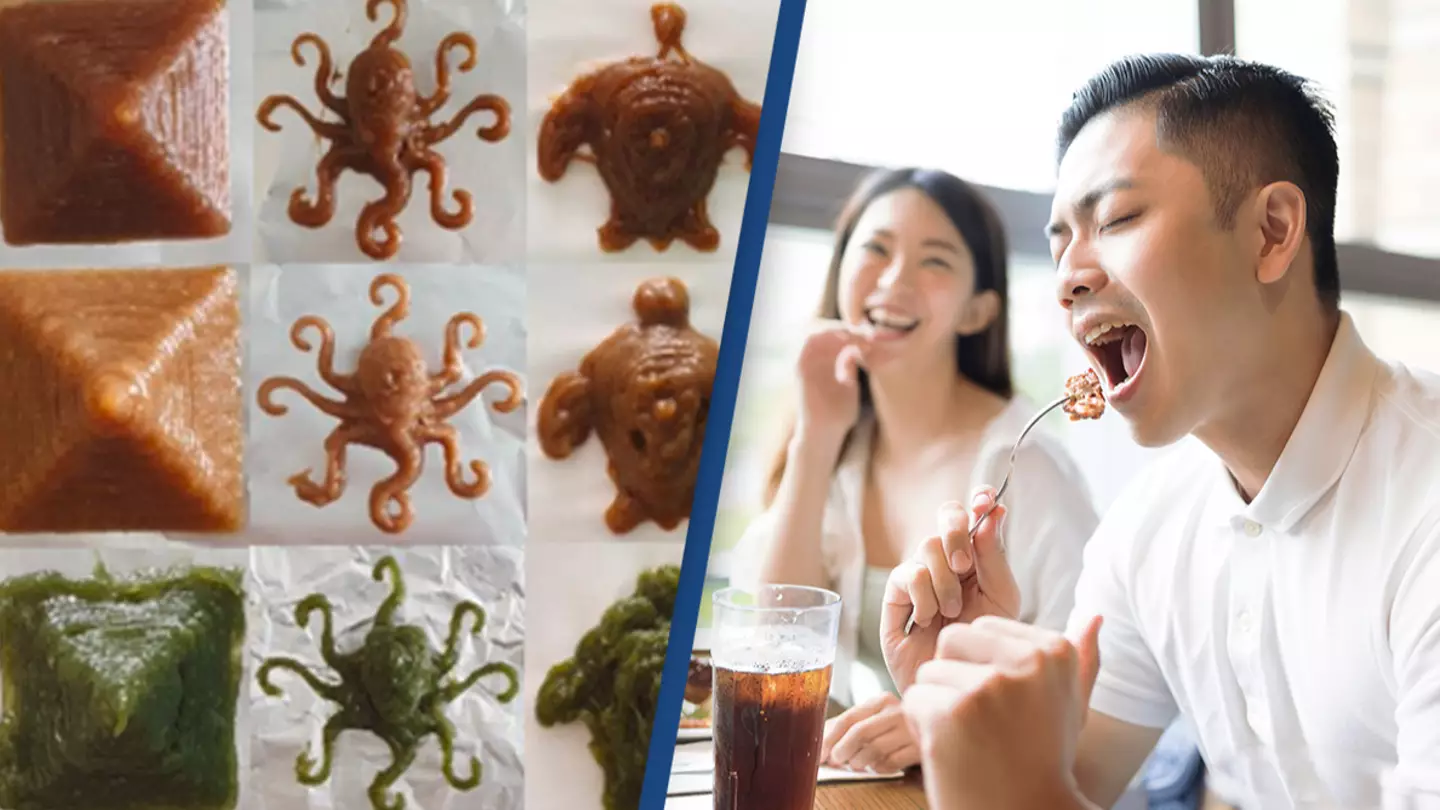
Featured Image Credit: SUTD/Tom Wang/Alamy
Topics: Science, Weird, World News, Food and Drink

Topics: Science, Weird, World News, Food and Drink
Dominic Smithers is the News/Agenda Desk Lead, covering the latest trends and breaking stories. After graduating from the University of Leeds with a degree in French and History, he went on to write for the Manchester Evening News, the Accrington Observer and the Macclesfield Express. So as you can imagine, he’s spent many a night wondering just how useful that second language has been. But c'est la vie.
@SmithersDom